The menu of a nursing mother should be balanced. The diet should include nutrients in the required amount. Butter is a tasty and healthy product, but very fatty. Many nursing mothers doubt its benefits. Pediatricians do not prohibit eating butter with HS, but there are certain rules that need to be considered.
Product Basic Information
Butter is obtained by processing cow's milk. There are 2 known methods for its preparation - separation and churning of raw materials. To get 1 kg of high-quality butter, you need 20-25 liters of milk.
The product can be divided into several types:
- sweet cream and sour cream (type of cream);
- salted and unsalted (the presence of salt);
- the proportion of fat is from 50% to 82.5%.
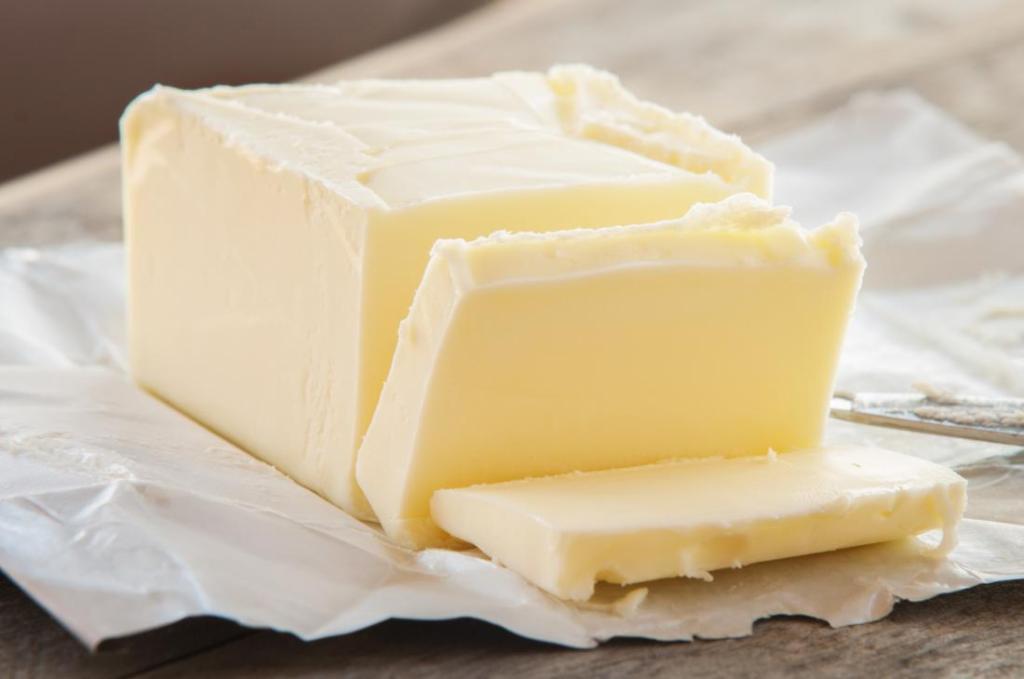
In the production of butter, carotene, bacterial starter cultures, vitamins, preservatives, flavorings, stabilizers are used.
Benefit
Is it possible to use butter for hot water? It is a valuable product for lactation. The composition of the oil includes:
- fatty acid;
- vitamins;
- cholesterol.
When feeding, these substances affect the body of a woman and a child. They pass into breast milk.
Many mothers believe that butter is best replaced with vegetable, but this is a misconception. Milk fat is absorbed faster, and by 98.5%. Fatty acids are important for the functioning and regeneration of cells.
Butter contains saturated and unsaturated acids in equal proportions. Some of them are irreplaceable, which are not produced in the body, but take part in metabolic processes.
Butter while breastfeeding is perfectly absorbed and provides the body with energy. Its reception gives the woman strengths that are not enough during lactation.
The oil contains vitamins A, E, K and D. They are also found in other products, but can fully dissolve and assimilate only in the lipid medium. Vitamins provide the normal condition of the skin, hair, nails, teeth. Thanks to them, immunity is strengthened and vision is improved.

There are two types of cholesterol - high and low density lipoproteins. In the first case, they are especially useful for the body, and in the second they can cause harm. The product contains cholesterol - 200 mg per 100 g.
80% of high density lipoproteins are able to be synthesized in the human body, and 20% comes from food. Their functions include:
- removal of sclerotic plaques on the walls of blood vessels;
- participation in lipid metabolism;
- the production of vitamin D;
- ensuring stable cell function;
- improving the functioning of the immune and nervous systems.
Therefore, during the period of breastfeeding, the inclusion of butter in the diet will positively affect the body of the baby.
The use of butter in the first month
Very often, infants are found to be intolerant to cow's milk protein. As a result, negative symptoms occur. Butter is made from cream of cow's milk, so there is no protein in it, only fats. It is easily absorbed, does not cause colic and swelling.
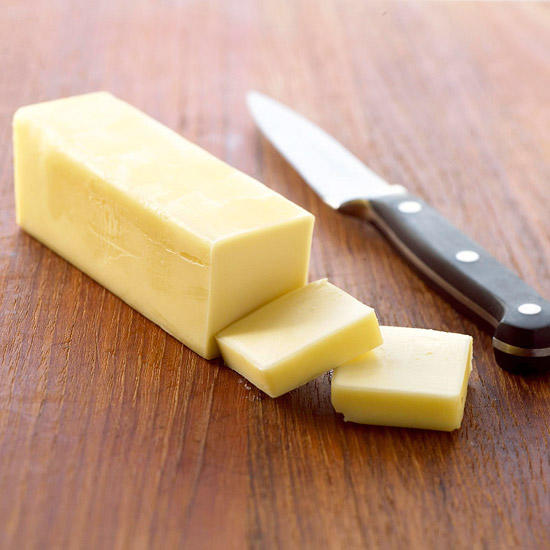
Therefore, it is allowed to include butter in the menu for HS in the first month after the birth of a child. It has beneficial effects on breast milk, increasing its nutritional value. However, it does matter in which form to use the product. When heated butter over 100 degrees, it loses its benefit. In this case, organic compounds are destroyed or transformed. Therefore, it is not recommended to use frying oil. Heating in the microwave also leads to the destruction of its structure and uneven heating.
It is best to melt the butter in a water bath or add to a hot porridge.
Harm
Butter with hepatitis B is capable of causing harm to the body of a nursing mother. The high fat content and the presence of cholesterol are caused by the fact that it can harm not only a woman, but also a child. Possible negative impact:
- overweight;
- an increase in blood glucose;
- violation of the circulatory system and heart.
Low density lipoproteins form atherosclerotic plaques on the walls of blood vessels, which leads to inflammation and slowdown of blood circulation.
Can butter be breastfed? In some children, the product may cause allergies. There is little protein in it, so negative reactions rarely occur. This happens if the baby has an individual intolerance to cow's milk. Negative symptoms include a rash, increased gas, colic and stool disturbance.
Oil Consumption
Can I have butter for GV? The product is approved for use in lactation, but consumption standards must be observed. Butter can be eaten while breastfeeding, because it contains useful substances that will help mom to maintain beauty and health. It does not affect the fat content of milk, but some connection can be caught. Studies have confirmed that the percentage of lipids in breast milk depends on the emotional state of a woman, which is stabilized by unsaturated fatty acids.
However, in the use of oil it is important to comply with the norm. For an adult, it is 10 g, and the maximum amount is 30 g. It is better to adhere to the minimum border during the feeding period. The amount of butter is increased gradually, following the reaction of the newborn. Initially, a nursing mother eats 3 g, then 6 g and so on.
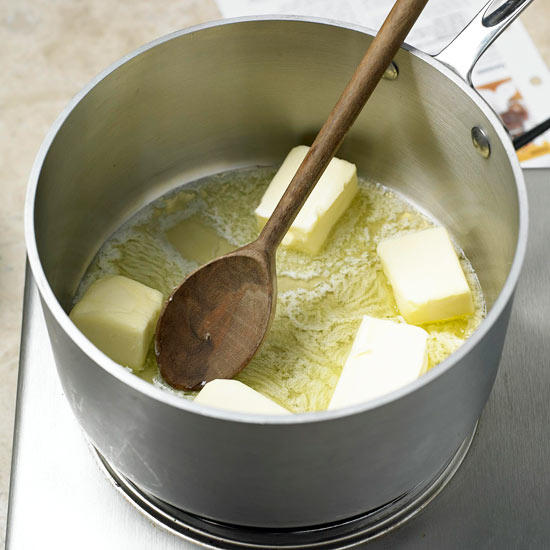
The main proportion of fat in a woman’s diet is usually vegetable oils (sunflower and olive). With abuse of cream, an increased load on the digestive tract occurs, weight increases and heart and vascular diseases develop.
How to enter the diet
Can butter be breastfed? The product should be used as follows:
- allowed to spread on bread (whole grain, dried, with bran);
- can be added to cereals and side dishes;
- apply for baking.
It is not recommended to fry meat, fish or vegetables in butter. This helps to increase the fat content of the dish and reduces its beneficial properties. In addition, the oil burns at a low temperature, which leads to an unpleasant odor and the formation of carcinogens.
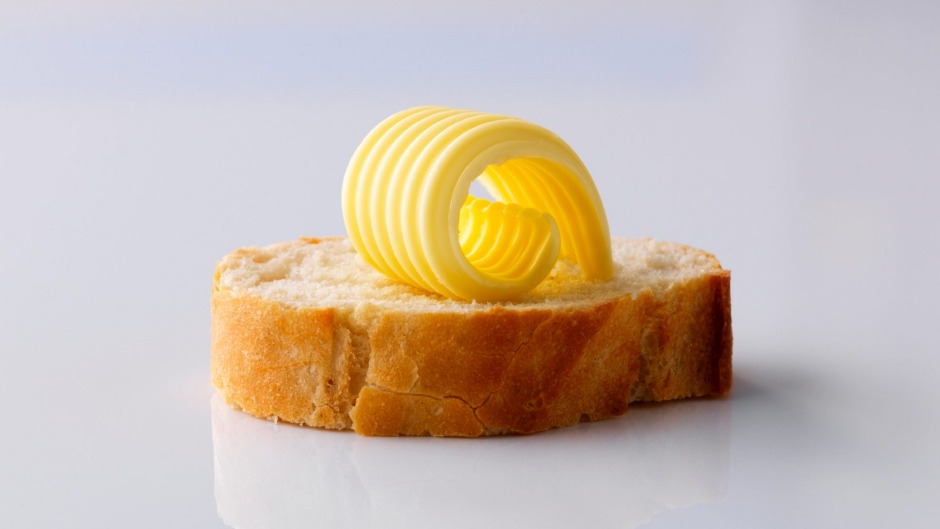
If a mother or a child is allergic to cow's milk protein, then ordinary butter is replaced with ghee. It lacks milk proteins and sugar. And since the product is 98% fat, they consume no more than 10 g per day.
How to choose
Butter during breastfeeding of a newborn can negatively affect the body of a woman and a baby, not only because of high fat content, but also because of poor quality. Substitute products are currently being produced, which include preservatives, dyes, vegetable fats and flavor enhancers. These include spreads, margarine, etc.
Butter should include cream, as well as salt, carotene, and bacterial concentrates. It should contain no vegetable oils (palm, peanut) and synthetic additives. The optimal fat content is 82.5%. The smaller it is, the greater the presence of additional substances.
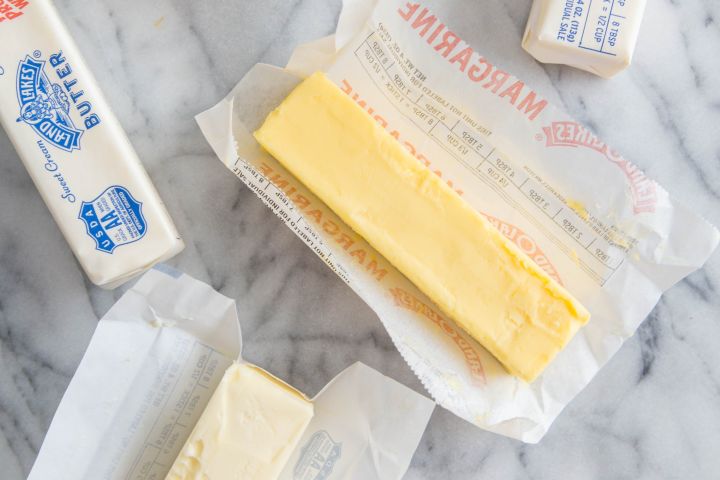
Signs of natural oil include:
- color: white-yellow or yellow;
- taste and aroma - creamy;
- consistency: dense and elastic;
- packaging is opaque, it indicates the composition, shelf life, manufacturer, GOST, other characteristics.
To determine the authenticity of the oil, it is necessary to conduct a test:
- a quality product does not crumble if you press it with your finger;
- when it enters water, the oil melts evenly, delamination means the presence of additional substances in the composition;
- if the product is warm, then moisture droplets should not appear on it;
- the frozen butter breaks into pieces when cut.
Therefore, it is important for a nursing mother to consume a natural product that does not contain any conservatives, trans fats and emulsifiers.
How to make butter yourself
In order to use only high-quality butter for HS, it is best to cook it yourself. From ordinary milk to make this product will be difficult. There is a simple and quick way to get butter in 2-3 hours.
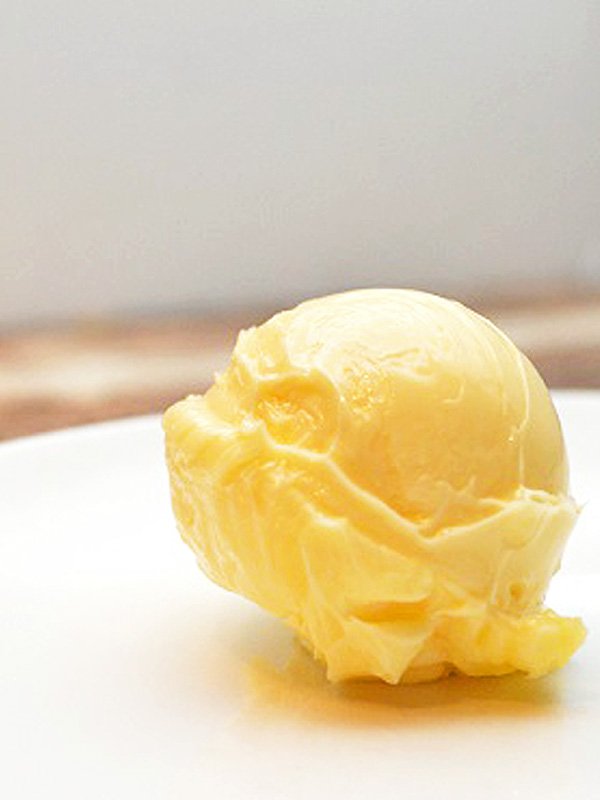
To get 300-400 g of product, you need 1 liter of village cream. To prepare the oil, you will also need:
- glass or plastic glassware for whipping;
- mixer;
- colander;
- gauze.
The cooking process is as follows:
- The cream is cooled to a temperature of 15-16 degrees. Then they are beaten at low speed until they become magnificent.
- Then continue to beat until the lumps of fat are separated.
- When this happens, the mass is spread in cheesecloth and squeezed.
- Continue to beat until the liquid is completely separated.
- Wring out again. The resulting liquid is skim milk.
- The remainder of the mass in a colander is butter.
- It is washed under cold water, beat until smooth.
It is allowed to store the oil in the refrigerator at a temperature of 1-4 degrees for a month.
Conclusion
Butter is allowed to be included in the diet of nursing mothers. The product contains useful substances necessary for maintaining the health of women and children. However, the use of oil in large quantities will cause weight gain and the development of diseases of the heart and blood vessels.